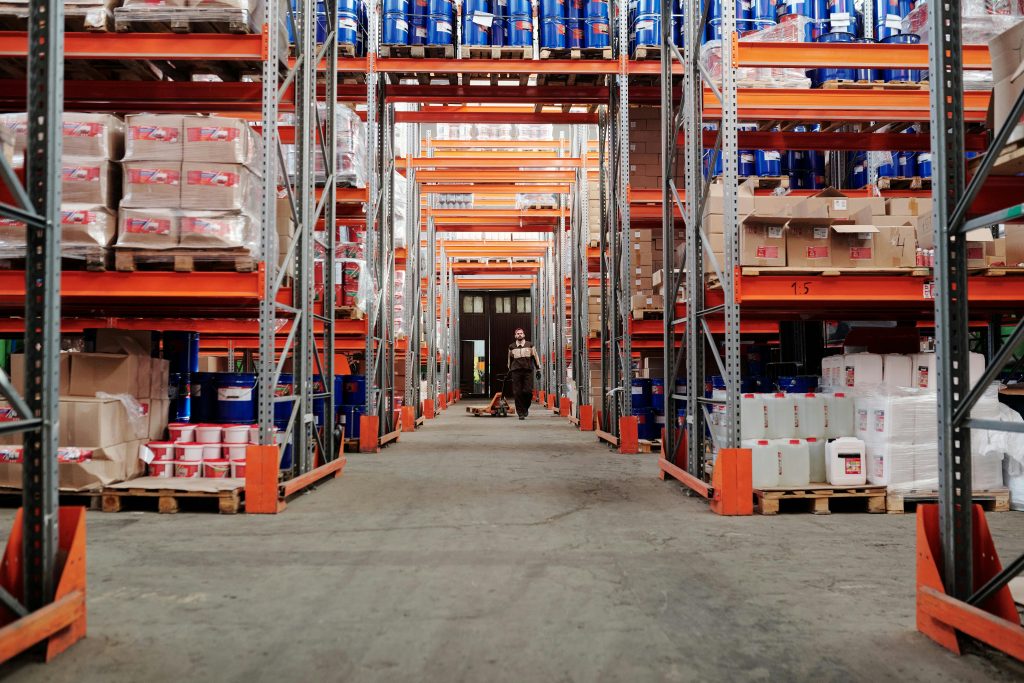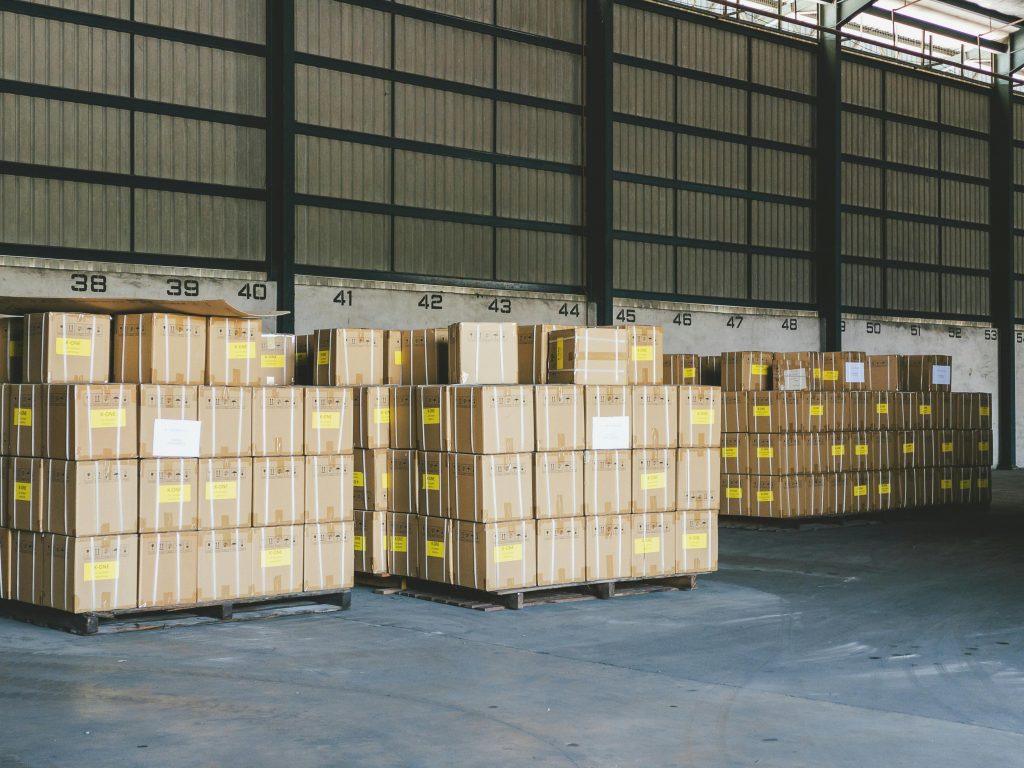- Transitioning to green logistics involves challenges such as significant initial investments and the need to overcome technology adoption barriers.
- Sustainable warehousing offers long-term benefits including reduced operational costs, improved efficiency, and a stronger corporate reputation.
- Green logistics practices in warehousing contribute to environmental conservation, economic savings, and enhanced social well-being.
- Stakeholders are encouraged to invest in sustainable technologies and practices, positioning the logistics sector as a leader in global sustainability efforts.
Green logistics, a critical component in the global endeavor to mitigate carbon emissions, is increasingly coming to the fore, especially within the warehousing sector in Asia. This approach emphasizes the adoption of sustainable practices that not only contribute to environmental preservation but also enhance operational efficiency.
The shift towards green warehousing is propelled by the urgent need to address climate change, aligning with broader sustainability goals. As Asia continues to be a central hub for logistics and supply chain operations, the region’s focus on greening warehousing practices signifies a significant step towards achieving a more sustainable future in logistics.
The Rise of Sustainable Warehousing in Asia
Sustainable warehousing is gaining momentum across Asia, propelled by a confluence of factors that signal a shift towards more environmentally responsible logistics operations. Regulatory pressures are a significant driver, with governments across the region implementing stricter environmental standards and incentives for green practices. Consumer demand is also a critical catalyst; a growing awareness and preference for eco-friendly products encourage businesses to adopt sustainable supply chain practices.
Furthermore, the economic benefits of green operations, such as reduced energy costs and increased operational efficiency, present a compelling case for sustainability. In Singapore, the push towards sustainability is evident in adopting green technologies and practices within the warehousing sector, setting a benchmark for the region and demonstrating the tangible benefits of embracing eco-friendly operations.
Critical Components of Green Logistics in Warehousing

Sustainable warehousing operations are increasingly becoming a focus for businesses aiming to reduce their environmental impact while improving efficiency. The critical components of green logistics in warehousing encompass several strategic and operational elements that collectively drive sustainability.
Adoption of Electric Forklifts in Singapore
In Singapore, the adoption of electric forklifts visibly marked the shift towards sustainability in warehousing. These vehicles offer a cleaner alternative to traditional, fossil-fuel-powered models, significantly reducing greenhouse gas emissions and improving air quality within warehouse environments. The growing trend towards electric forklifts in Singapore reflects a broader commitment to embracing green technologies, showcasing the potential for sustainable practices to transform warehousing operations.
Solar Energy Systems in Warehouse Operations
Integrating solar panels and other renewable energy sources into warehouses is a powerful strategy for sustainably powering operations. By harnessing solar energy, warehouses can significantly reduce their reliance on fossil fuels, lower their carbon footprints, and achieve substantial energy cost savings. This approach benefits the environment and enhances the economic viability of warehouse operations, marking a win-win for businesses and the planet.
Smart Warehousing and IoT for Efficiency
Integrating Internet of Things (IoT) technology and intelligent warehousing solutions is revolutionizing warehouses’ operations. Through real-time data collection and analysis, IoT devices can optimize inventory management, streamline logistics processes, and significantly reduce waste. Furthermore, intelligent systems contribute to energy management by automating lighting, heating, and cooling based on actual needs, thereby minimizing energy consumption and enhancing overall operational efficiency.
Green Building Certifications for Warehouses
Pursuing green building certifications, such as LEED (Leadership in Energy and Environmental Design) or Green Mark, is another critical element of sustainable warehousing. These certifications validate a warehouse’s adherence to stringent environmental standards, encompassing energy efficiency, resource conservation, and indoor environmental quality.
Achieving such certifications demonstrates a warehouse operator’s commitment to sustainability and attracts eco-conscious clients and partners, further incentivizing the shift towards green logistics practices.
Challenges and Opportunities in Sustainable Warehousing

Transitioning to green logistics presents both challenges and opportunities for warehouse operators. Initial investment costs for sustainable technologies and infrastructures, such as solar panels or electric forklifts, can be significant, posing a barrier to adoption. Furthermore, integrating new technologies and adapting operations to green standards requires overcoming the inertia of existing systems and processes.
These challenges, however, are countered by the long-term benefits and opportunities that sustainable practices bring. The beginning is just the reduced energy costs, improved efficiency, and enhanced corporate reputation. The shift towards sustainability also opens doors to innovation, enabling businesses to explore new green technologies and operational models that can further reduce environmental impact and operational costs.
Final Thoughts
Green logistics undeniably shapes the future of warehousing in Asia, which is critical in aligning the logistics sector with global sustainability goals. The adoption of sustainable practices within warehousing not only contributes to environmental conservation but also offers substantial economic and social benefits.
As such, stakeholders in the logistics and warehousing sector are encouraged to embrace and invest in green technologies and practices. The commitment to sustainable warehousing is not just an investment in the industry’s future but also a pivotal contribution to the broader quest for a more sustainable and resilient global economy.


